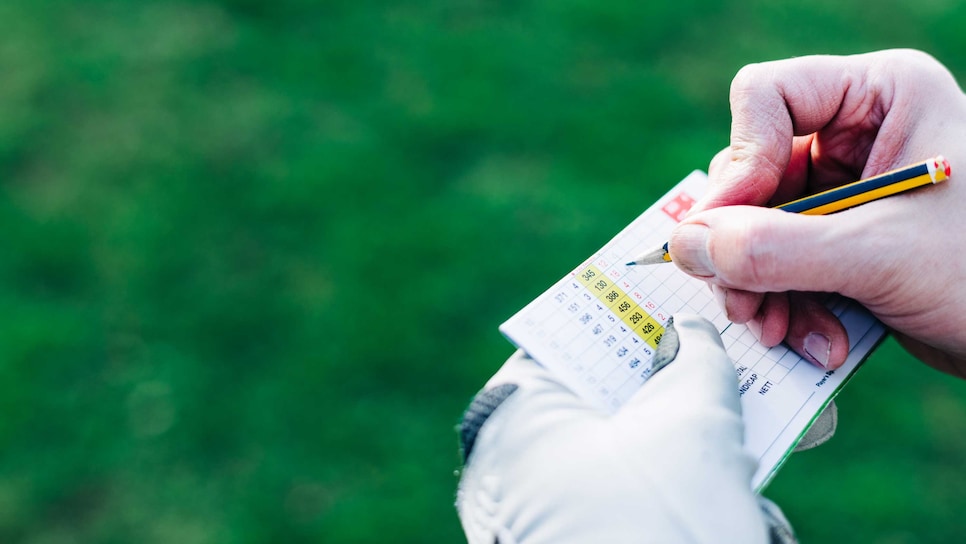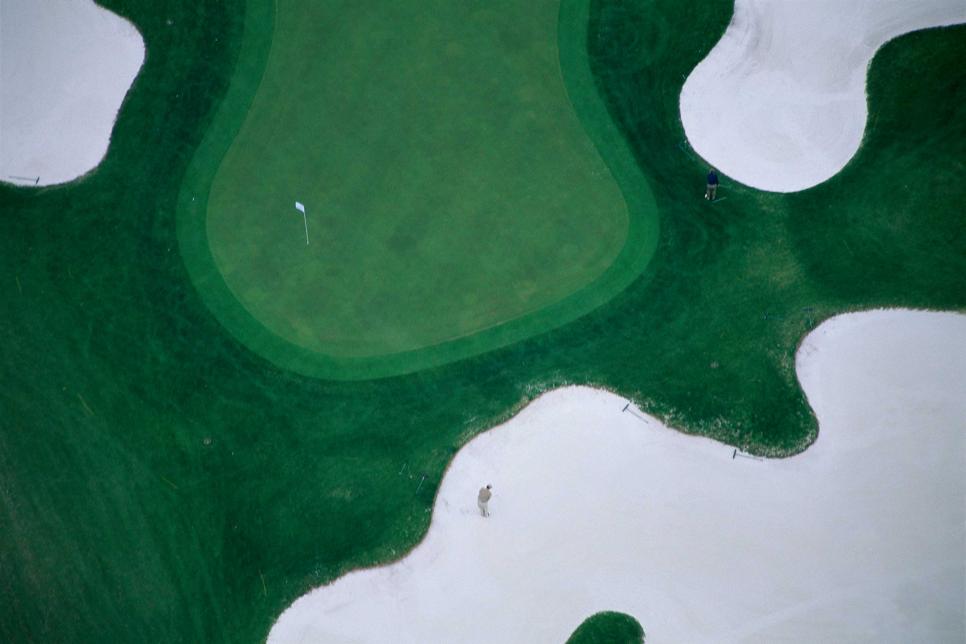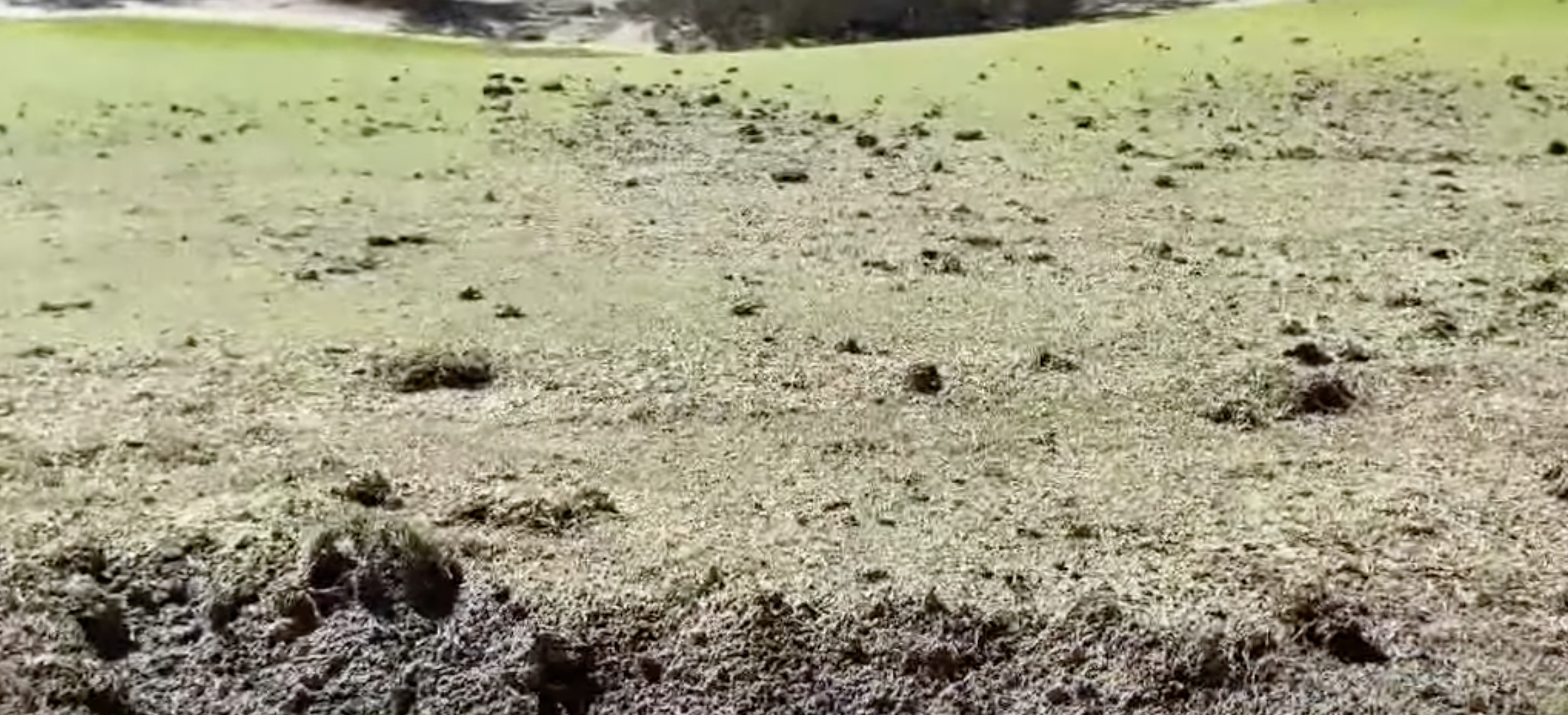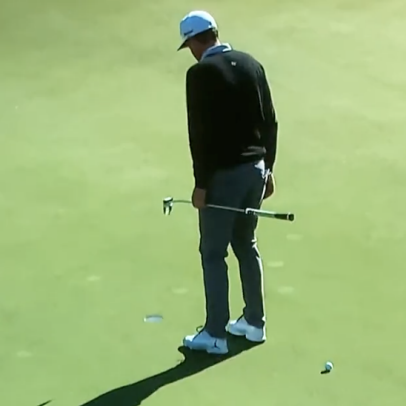| |||||
| TIP OF THE DAY | |||||
|
INSTRUCTION
5 bad-golfer mistakes good players avoid, according to a tour coach

Karl Hendon
Playing good golf requires a variety of different skills. But not all of those skills are technical.
Yes, you need a certain level of mastery over your golf swing and short-game mechanics to shoot good scores. But your path to a lower handicap doesn’t end there. Better scores come when golfers pair those technical skills with some practical know-how. And while improving your golf swing takes time, the other stuff is some of the easiest—and quickest—to fix.
Golf Digest Top 50 Teacher Tony Ruggiero knows this all too well. His students range from PGA Tour players to elite amateurs to everyday weekend warriors. And along the way, he’s noticed a few recurring themes that hold the latter group back.
“A lot of the time it’s the basic things that frustrate those higher handicap golfers,” Ruggiero says. “But once you know that, it’s easy to fix.”
Let’s get into it.
Mistake #1: Not knowing your carry numbers
A classic example of a bad golfer mistake is simply not knowing how far you hit your clubs on an average shot. According to Ruggiero, higher handicaps often tend to overestimate their overall distance with each club and take a blind guess when it comes to carry distance—meaning, how far the ball travels in the air.
“Most golfers only know how far they hit a club in total, not their carry distance,” Ruggiero says. “Then, they’ll often hit their ball into bunkers, or short of greens, because they don’t carry what they think. They’re planning on roll they’re not going to get.”

Glasshouse Images
Good players, on the other hand, sweat over their carry distance. How far does your ball travel in the air? They know the answer to that question down to the yard. If you can answer that question, you’ll be on your way to better scores, too.
Mistake #2: Aiming at the pin
We all love the idea of the hero shot—taking dead aim at the pin and flagging your ball to inside five feet. Sadly, that doesn’t happen as often as we’d like, which leads to Ruggiero’s second mistake to avoid.
“Too often golfers aim straight at the flag,” he says. “Instead, understand where to leave the ball so that even if they miss the shot, they’re in the easiest place to get up and down.”
There’ll be times when aiming at the pin is fine, like when there’s relatively little trouble around the green, the pin is in the middle and/or you’ve got a wedge in your hand. But more often than not, aim for the fatter part of the green. It’s the place where, even on a missed shot, you’ll be left with an easier chip.
Mistake #3: Following one mistake with another
It’s rarely the case that a blow-up hole is caused by one bad shot. Rather it’s caused by “compounding” one bad shot with a bad decision, usually trying to make up for it. That’s why Ruggiero’s next piece of advice is simple: Know when to take your medicine.
“If you miss the fairway, your next shot should be trying to get your ball back into play first and foremost,” Ruggiero says. “Or if you miss the green short-sided and have a tough up and down, play for 20 feet. You might make a 20-footer, but you probably won’t make double by trying to get too cute with your chip.”
Avoiding doubles, really, is the goal. Bogeys won’t wreck your scorecard—it’s the big numbers that do.
Mistake #4: Not having a get-it-in-play tee shot
Even for the best players, not every round is a pretty one. But to shoot good scores consistently means not letting things get away from you when you don’t have your best stuff. Navigating a little turbulence in your round isn’t anything to fear, Ruggiero says, but the way the best players do it is by having a trusted get-the-ball-in-play shot (or club) off the tee.
“Even if it’s less than your biggest drive … this shot isn’t about distance,” Ruggiero says. “It’s about staying safe.”

Thomas Barwick
Shots like these can take a variety of shapes and forms. It could be opting for a hybrid or long iron instead of your driver. Perhaps it’s hitting a knockdown shot, or even a giant slice. It doesn’t need to be pretty, it just needs to work.
Mistake #5: Not knowing how to hit half-wedge shots
Maybe you’ve hit your ball into the trees, then done the responsible thing and pitched out. Or perhaps you did hit the fairway and chunked your iron shot anyway. From there, you’ll be left with a wedge shot of some sort. You don’t need a spectacular wedge game, but you do need a solid one. Something that’s going to avoid the disaster shots—chunks, thins, and shanks—and send the ball somewhere onto the green.
“Practice and learn how to hit 30-, 40-, 50-yard wedge shots, because higher handicap golfers get tons of them,” Ruggiero says. “No one practices them and most struggle with them.”






No comments:
Post a Comment